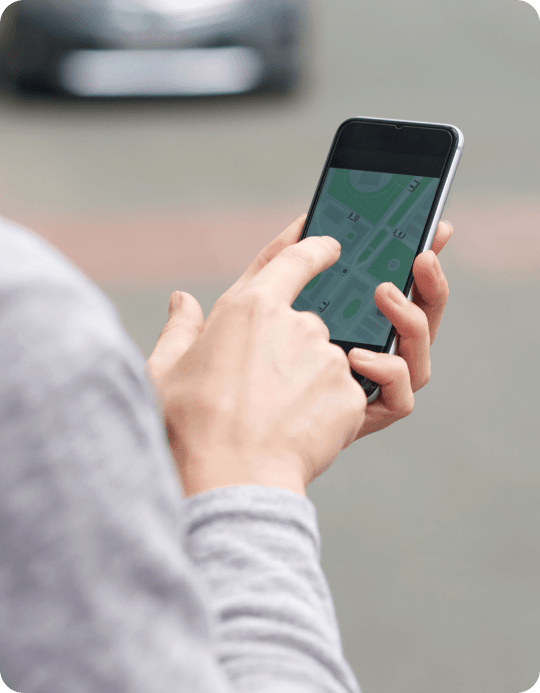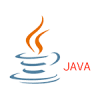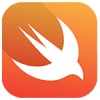10 Years Ago Step 1: Make a list of preferred restaurants Step 2: Visit the restaurants manually Step 3: Ask the receptionist to book a table Step 4: Sigh! Beg! Plead! to get a table (since all the tables are full for the day!) Step 5: Visit another restaurant and repeat Step 3 till a table is booked 5 Years Ago Step 1: Make a list of contact details of the preferred restaurants Step 2: Dial the digits to talk to restaurants Step 3: Ask the receptionist to book a table Step 4: Sigh! Beg! Plead! to get a table (since all the tables are full for the day!) Step 5: Call up another restaurant and repeat Step 3 and repeat till a table is booked
Today Step 1: Go to OpenTable Web app, Android app, or iOS app Step 2: Search for your favorite restaurant and look for the table of your choice Step 3: Click the Button and Boom… Booked!
People & Restaurants | The Two Sides of the Coin
E-Reservation Book
The electronic reservation book is a computer terminal which comes with a software that allows online reservations, helps the Restaurateurs to manage their business, seating arrangements, staff assignments, and maintain a record and take notes like information on frequent customers.
The restaurants pay a one-time fee for installation and training costs apart from the monthly subscription fee.
OpenTable Book
Connect is the feature that is purely a web-based system that enables restaurants to accept online reservations using OpenTable. There are basically two programs in which the restaurants are connected with the platform:
The Feature Program
The member restaurants can pay some extra fees for getting featured on the OpenTable platform.When the restaurant opts to be featured as a ‘1000-point’ restaurant, which rewards diners with extra reward points for making reservations at certain times, OpenTable receives more per diner, approx. $7.50
The Spotlight Program
With the Spotlight program, OpenTable sells discount restaurant coupons to consumers. The revenues from coupon sales are split between the restaurant and OpenTable.

Want to know more about this concept?
Download Detailed Business ModelIN-DEPTH PLANNING OF OPENTABLE SIMILAR APP DEVELOPMENT WITH TROOTECH
Book consultationOften businesses entail into the unknown. When it comes to understanding similar app development for their project, all it goes into is an abstract view. It is just so important phase in-between to decide the priorities on modules and features according to how the new, plans to run their business. We think below aspects are proven, tested and better to have in OpenTable similar app development
01
Registration Module/ Login
The customers can register and login to the application using email ids, social media accounts, phone numbers, etc.
02
Customized Choices
The customers input their choices, namely date, time, cuisine, budget, and the app shows them restaurants matching their choices, based on distance.
03
Booking
The user sends a booking request to the concerned restaurant and based on the available number of tables, the booking is confirmed and user is notified.
04
Google Map Integration
The integration of Google maps can help the restaurants pinpoint their exact location so that their diners can easily find out the venue.
05
Remainders
The diners are sent a remainder about their booking along with other
06
Customer Rating
The customer rating feature allows the users to rate a certain restaurant on the basis of their overall dining experience.
07
24 Hours Booking
The customers can make the bookings for all 24 hours a day, 7 days a week, and 365 days a year.
08
Real-time Availability
The system in the app gets updated with each booking and shows the real-time availability of the seats and the bookings.
09
Instant Confirmation
The customers can get their tables booked instantly after selecting the table of their choices, dates, and number of people.
10
Multiple Language Support
The customers can select any of the language that is supported by the platform.
11
Invoice Generation
Once the customer chooses the table, date, and the number of accompanied people, the reservation is made and the invoice is generated addressing the same.
12
Notifications
The customers receive notifications about their booking status through the notifications in the mail received and the text message notifications.
13
Simple Cancellations
When the clients have to cancel a table reservation, they can simply choose the cancel option and can easily cancel the booking made without sparing even a single penny.
14
Special Requirement
The customers can even ask for some special requirements, intolerances, occasions, etc., in the booking section, so that the customers can brief about the requirements.
15
Dining Area Selection
The customers can select the dining table and dining area of their choice from the available table listing.
16
Group Bookings
When there are a large number of people to dine in the restaurant, the customers can select several tables and can easily make booking even for a large group of people.
17
Loyalty System
The customers can view all their loyalty points and these points are added every time the customers show up at the booking made.
18
Menu View
Using the ‘view menu’ feature, the customers can view menu before booking a table.
The Revenue Model for Opentable Similar App
Maximizing Your Earnings: Learning from OpenTable's Revenue Model for More Possibilities
Discuss a project
Selling Business Management Tools
OpenTable sells the restaurant management tools with the features, free setup, free live support, free updates, and free installation.

Subscription
OpenTable lays out subscription plans for the Restaurateurs, based on the number of bookings and number of restaurants owned.

Selling Discount Restaurant Feature
The Spotlight Program of OpenTable sells discount restaurant coupons to consumers. The revenues from coupon sales are split between the restaurant and OpenTable.

Featuring Fee
The member restaurants can pay extra fees to be featured on OpenTable to be a part of email marketing campaigns.

Fee for each Diner
From restaurants with the Connect system, OpenTable receives a fee for each diner who completes his reservation.
It receives $2.50 per diner who reserves through OpenTable’s site, and $0.25 per diner for reservations made through the restaurant’s site using OpenTable software.

Charge of Reservation
The customers can be charged with the reservation fees for every booking made

Cancellation Charge
When anyone from the front stakeholders – Restaurateurs or the customers decide to cancel the booking made, a percentage of the amount in the form of cancellation fees is charged from them
TECH STACK FOR OPENTABLE SIMILAR APP DEVELOPMENT
These are the most scalable stack of mobile technologies we use to build a stable and functional OpenTable application for your startup





